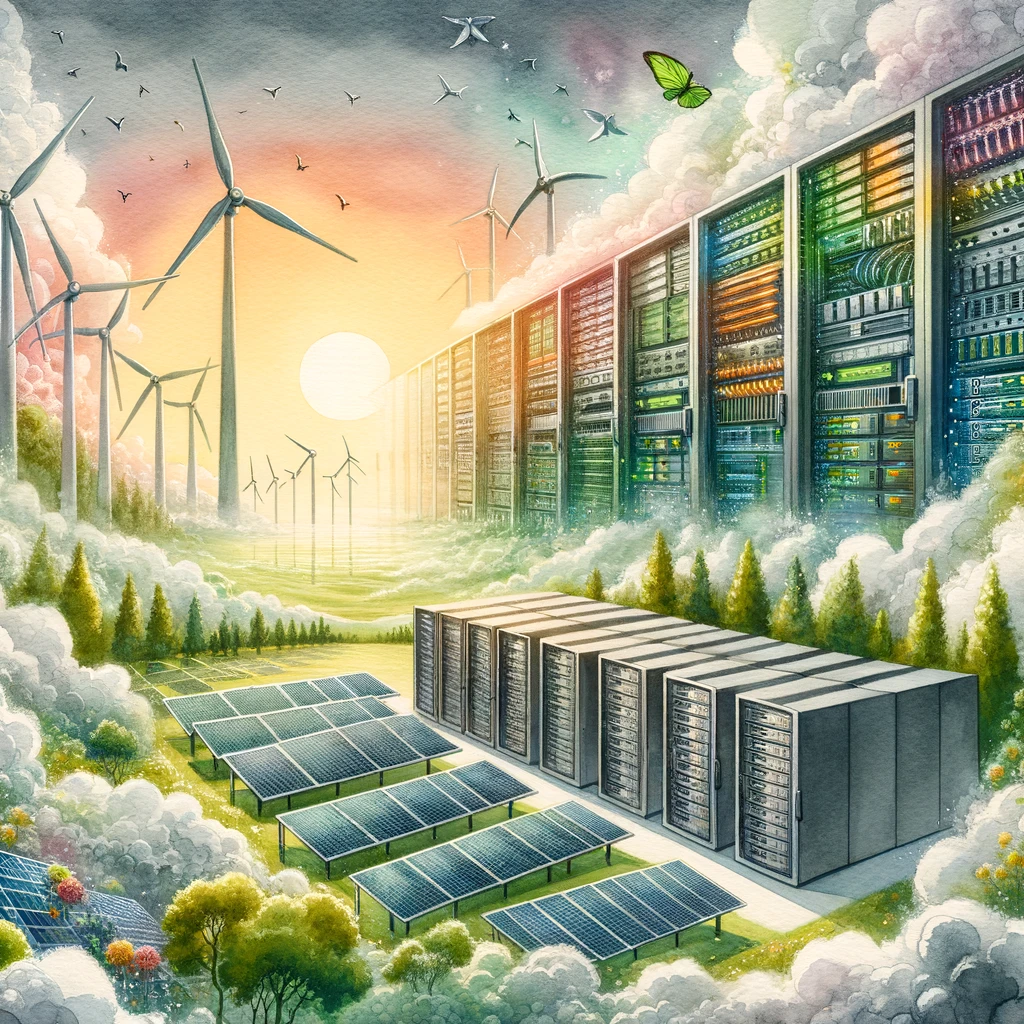In an era where digital transformation progresses at an unprecedented rate, the infrastructures powering our virtual existence are increasingly scrutinized. A recent report from the International Energy Agency (IEA) shines a light on a significant aspect of today’s power consumption: the combined impact of artificial intelligence (AI) and cryptocurrency mining.
Data centers, the digital world’s backbone, store, process, and distribute vast amounts of data. These facilities make the seamless flow of information possible, from emails to entertaining videos. While the benefits of AI technologies and cryptocurrencies, including platforms like ChatGPT, are undeniable, their environmental impact is becoming increasingly concerning.
The IEA predicts that by 2026, data centers’ electricity use could double, primarily due to cryptocurrency operations and AI development. These sectors accounted for roughly 2% of global electricity demand in 2022, consuming 460 terawatt-hours (TWh). This predicted growth is comparable to adding the electricity demand of a small country, highlighting the impending challenges.
Cryptocurrency mining, especially Bitcoin, is a significant electricity consumer, accounting for nearly a quarter of the total electricity usage attributed to data centers. Despite advances in blockchain technologies, such as Ethereum’s switch to a more energy-efficient validation method, the continuous reliance on energy-intensive processes by networks like Bitcoin emphasizes the urgent need for a shift towards sustainability in the crypto sector.
The rapid increase in electricity demand poses challenges beyond environmental issues. In places like Ireland, where data centers already use a significant portion of the national electricity supply, the proliferation of these facilities threatens to strain energy systems and potentially hinder other societal needs, such as housing development. Similarly, Texas, grappling with an aging power infrastructure, faces additional pressures from the energy demands of new cryptocurrency mining operations.
The integration of AI technologies complicates matters further by increasing both the computational load and the energy consumption of data centers. The IEA warns that applications incorporating advanced AI capabilities, like Google Search, could require up to ten times more electricity, highlighting the critical need for energy efficiency in the rapidly expanding AI industry.
However, the report also provides a beacon of hope, predicting a surge in renewable energy sources worldwide. By 2025, renewables are expected to overtake coal, generating more than a third of the world’s electricity. This shift is essential but not alone sufficient to mitigate the environmental impact of data centers. Enhancing energy efficiency, such as through high-efficiency cooling systems, is vital to ensure that the increasing electricity demand does not outpace the growth of sustainable energy sources.
Balancing the advantages of AI and cryptocurrencies against their environmental footprints necessitates not only technological innovation but also regulatory insight and a commitment to sustainable practices across industries. Only through a unified effort can we leverage these technologies’ potential while protecting the planet for future generations.
